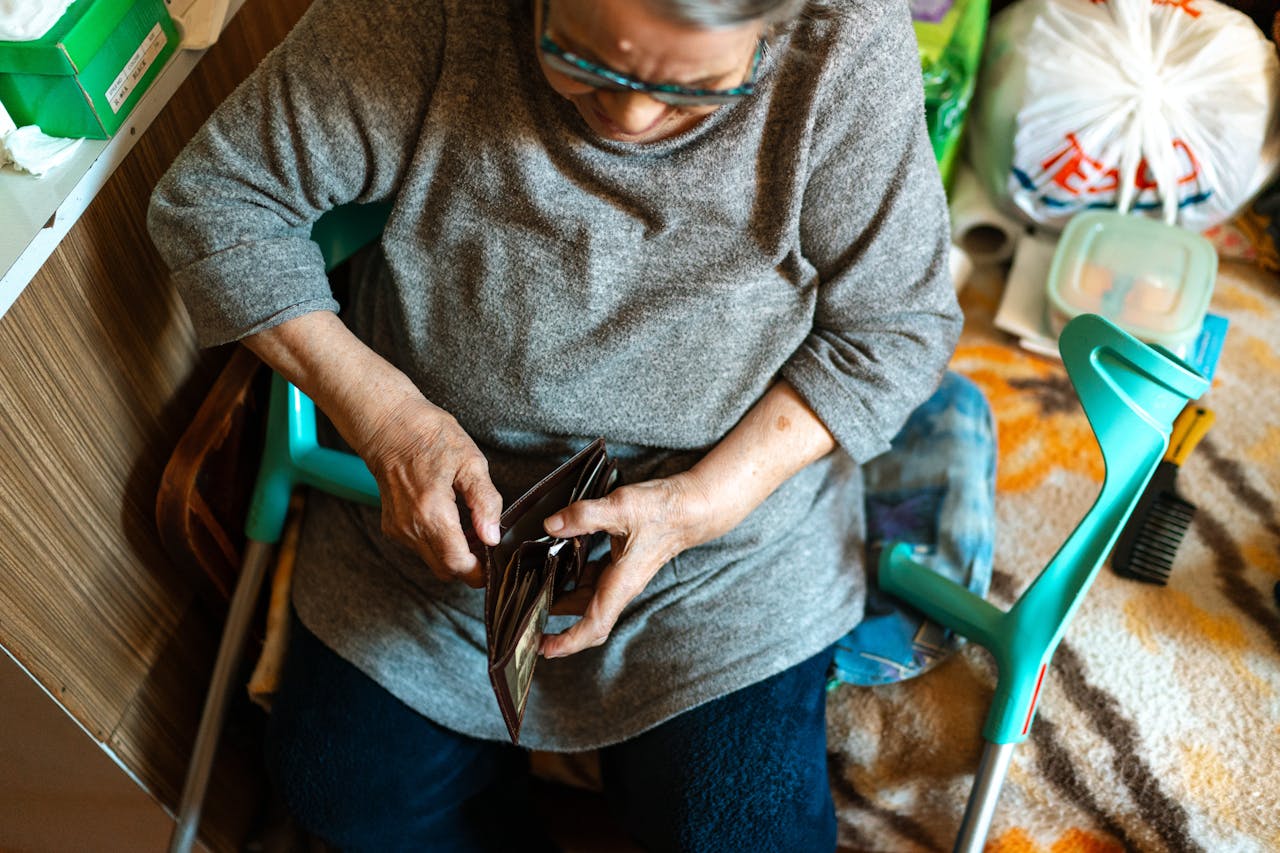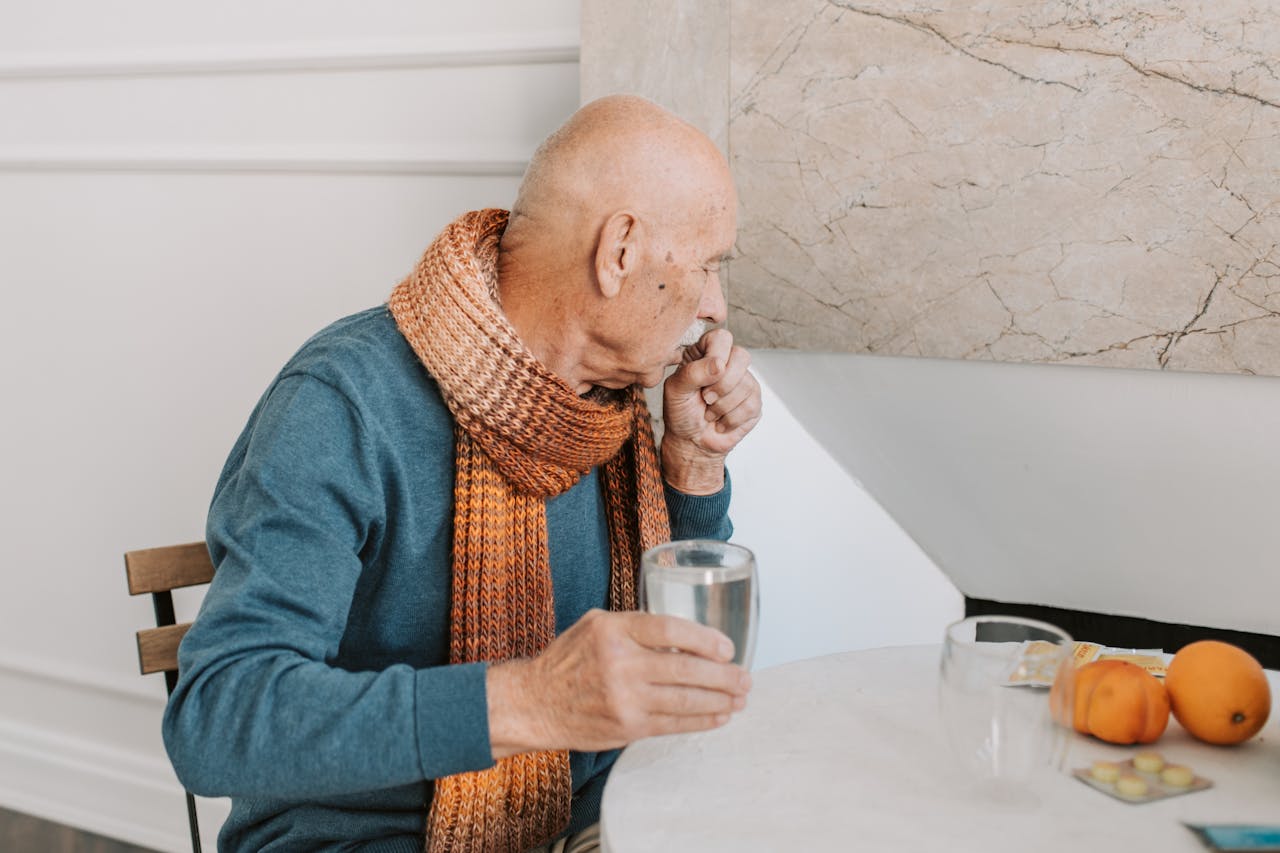Drug costs continue to rise, especially since pharmaceutical companies are still able to set the prices of medications as they choose. For people living with chronic conditions such as rheumatoid arthritis, congestive heart failure, or COPD, these higher costs can lead to worries about how to afford the medications they need to live.
Why Rural Pharmacy Closures Mean Higher Medication Costs
blogRural pharmacies are a lifeline for people in remote areas, offering not only timely and convenient access to medications but also the opportunity to speak with a pharmacist if they have questions or concerns. These pharmacies have been hit hard by the shifting economy, leading many to close. In fact, between 2018 and 2023, rural retail pharmacies declined by 5.9% compared to 3.4% in urban areas. Furthermore, according to recent data from a Health Affairs study, over 29% of pharmacies in general closed between 2010 and 2021.
How Extreme Weather Is Putting Life-Saving Prescriptions at Risk
blogExtreme weather events are occurring more often throughout the world. Floods, forest fires, tsunamis, and a range of other issues are affecting industries of all types, resulting in significant costs for consumers. One area that is particularly affected is the availability of prescriptions.
Medicare’s First-Ever Price Negotiation Program
blogStates Crack Down on PBMs to Lower Drug Costs
blogIt’s no secret that prescription drug prices are too high for some people to afford. Many seniors with chronic conditions have resorted to skipping doses or cutting them in half because of these exorbitant prices.
Best Medication Discount Card
blogPaying for your prescription medications can often feel impossible. With inflation rates affecting everything, including your groceries, you may have less money available to cover your medical costs. Government initiatives and policy changes, such as this executive action on lowering drug prices, have aimed to address the issue; however, many people still turn to solutions like medication discount cards.
Studies Show Millions of Seniors Can’t Afford Their Prescription Medications
blogPrescription medications have always been costly in the United States, but prices have risen so dramatically in the past few years that many seniors are having a very difficult time affording their medications. Studies show that all too often, seniors have to make the difficult choice of either buying food or filling their prescriptions. Continue reading
Senior Prescription Drug Assistance Programs
blogMillions of seniors across the country struggle to afford their prescription medications. A study conducted by the CDC found that as many as 3% of seniors delay filling prescriptions, take lower doses, or skip doses altogether so that they can cut back on costs.
US Health Officials Suggest Fewer Meds to Cut Costs
blogIt’s no secret that prescription medications are more expensive than ever before. This rise in costs affects nearly everyone in the United States and has led government officials to search for a solution. One of their most controversial proposals is cutting costs by encouraging people to take fewer medications.
Trump Signs Executive Action to Lower Drug Prices
blogBuilding on the Biden administration’s efforts, the Trump administration is looking to address the skyrocketing costs of prescription medications that impact everyone in the U.S. President Trump hopes to lower prescription costs for seniors and those in the most vulnerable communities and has signed an executive action as of April of 2025.









